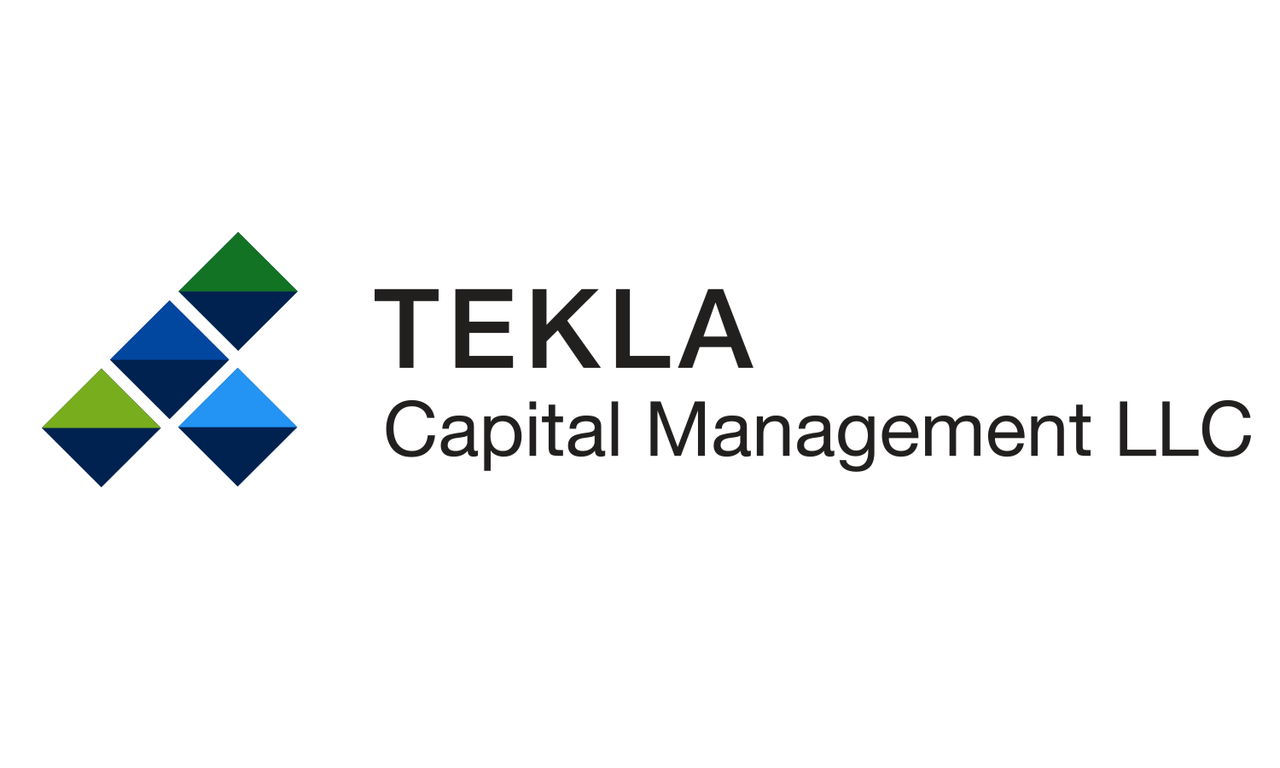Written by Nick Ackerman, co-produced by Stanford Chemist
Tekla Healthcare Opportunities Fund (NYSE:THQ) has been providing investors a steady distribution since its inception. This has been the case even through the March market collapse. Healthcare remains a relatively attractive area to invest in while the world deals with the pandemic on a daily basis. The large and stable companies held within THQ represent a stable area to invest in. This leaves one being sheltered from more volatility areas of the market and providing diversification.
(Source)
THQ has an investment objective to "seek current income and long-term capital appreciation." It attempts to achieve this through "a versatile growth and income investment strategy investing across all healthcare sub-sectors and across a company's full capital structure."
For THQ, it primarily invests in common stocks - though convertible and non-convertible notes also represent a meaningful allocation. Additionally, while the emphasis is on "across all healthcare sub-sectors;" the portfolio leans heaviest in pharmaceuticals that can be relatively more defensive. Though healthcare more broadly is defensive in nature due to the comparably stable nature of the business.
The fund is sizeable at just over $1.06 billion in managed assets. Increasing the risk from a comparable ETF is the fact that the fund does utilize leverage. Currently, this comes out to around 21.08% of assets. This is rather low, especially when considering the more stable investments of healthcare. That being said, we did see the damaging effects of leverage during March's selloff, when everything tanked.
The fund's expense ratio comes to 1.49%. When including the leverage expenses, this increases to 2.22%.
Performance - Attractive Returns From A Monthly Dividend CEF
Since its inception, THQ has put up respectable returns. Being involved in the healthcare sector means that it has had to maneuver through political heat on pharmaceutical drug pricing. The
Profitable CEF and ETF income and arbitrage ideas
 At the CEF/ETF Income Laboratory, we manage ~8%-yielding closed-end fund (CEF) and exchange-traded fund (ETF) portfolios to make income investing easy for you. Check out what our members have to say about our service.
At the CEF/ETF Income Laboratory, we manage ~8%-yielding closed-end fund (CEF) and exchange-traded fund (ETF) portfolios to make income investing easy for you. Check out what our members have to say about our service.
To see all that our exclusive membership has to offer, sign up for a free trial by clicking on the button below!

